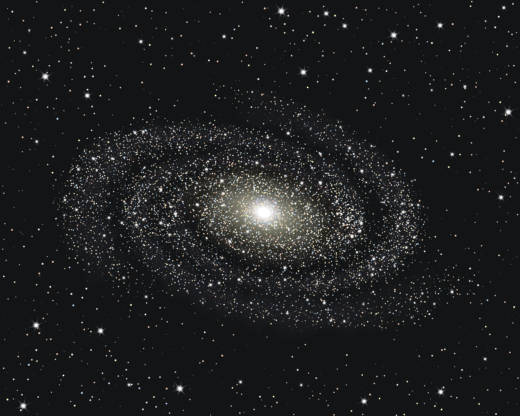The center of our galaxy is teeming with black holes, sort of like a Times Square for strange super gravity objects, astronomers discovered.
For decades, scientists theorized that circling in the center of galaxies, including ours, were lots of stellar black holes, collapsed giant stars where the gravity is so strong even light doesn’t get out. But they hadn’t seen evidence of them in the Milky Way core until now.
Astronomers poring over old x-ray observations have found signs of a dozen black holes in the inner circle of the Milky Way. And since most black holes can’t even be spotted that way, they calculate that there are likely thousands of them there. They estimate it could be about 10,000, maybe more, according to a study in Wednesday’s journal Nature .
“There’s lots of action going on there,” said study lead author Chuck Hailey, a Columbia University astrophysicist. “The galactic center is a strange place. That’s why people like to study it.”
The stellar black holes are in addition to — and essentially circling — the already known supermassive black hole, called Sagittarius A , that’s parked at the center of the Milky Way.

